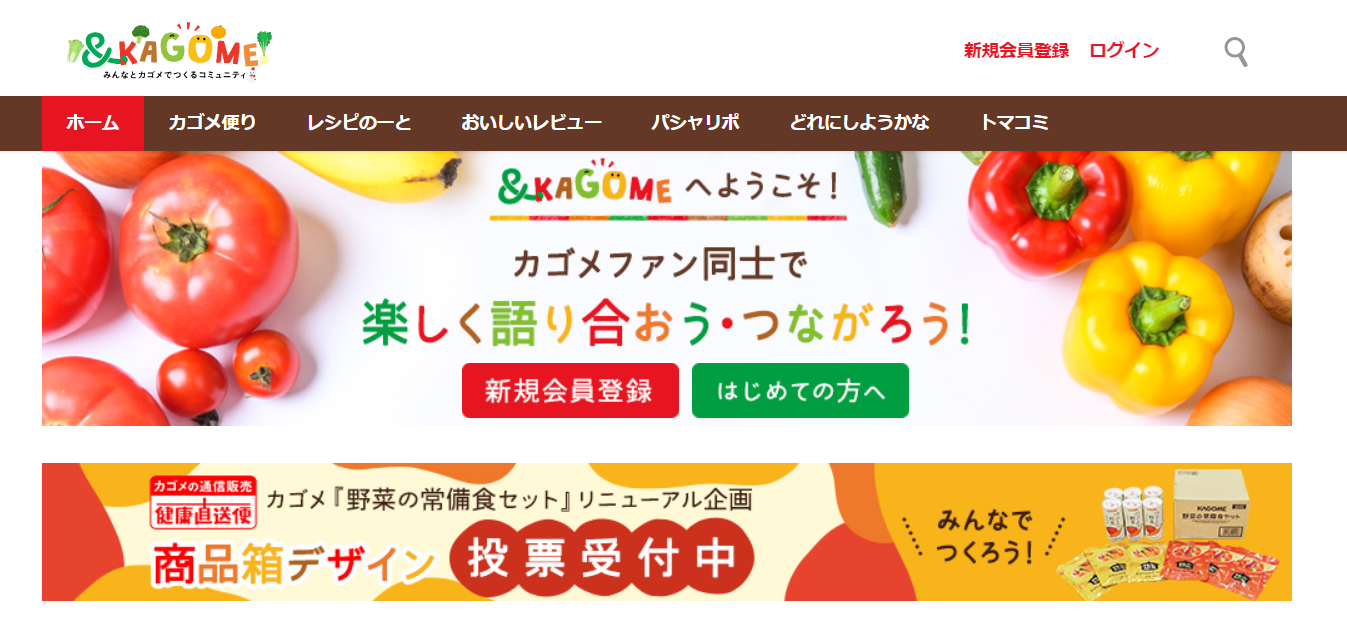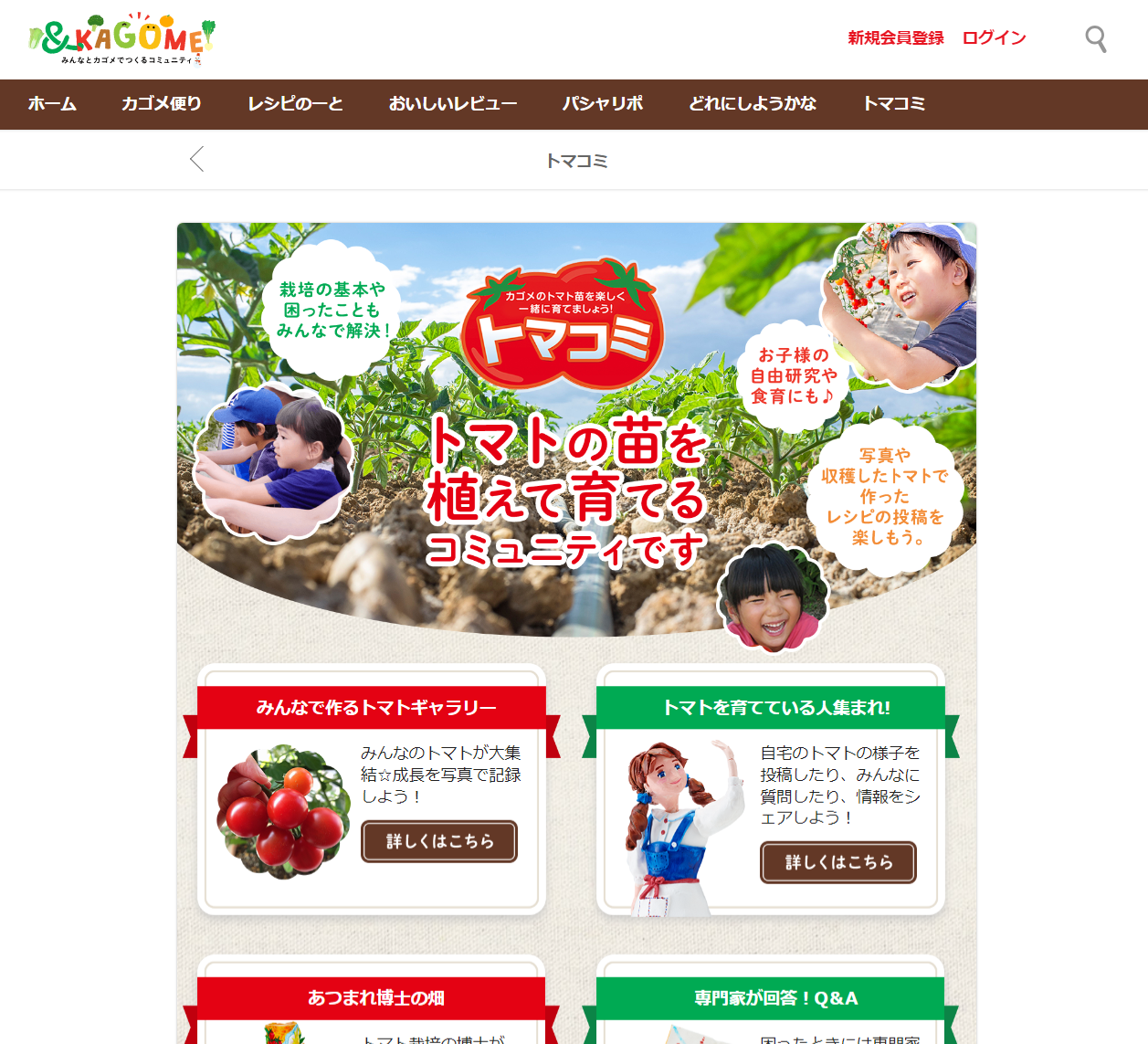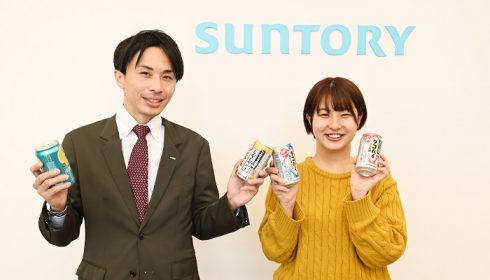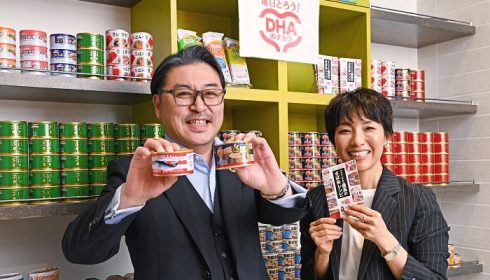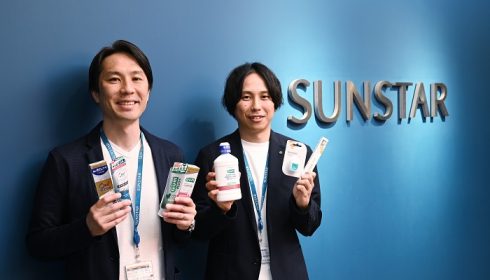Community sites are not created in a day. Dialogue of "depth rather than breadth" has been KAGOME's corporate culture since its founding.
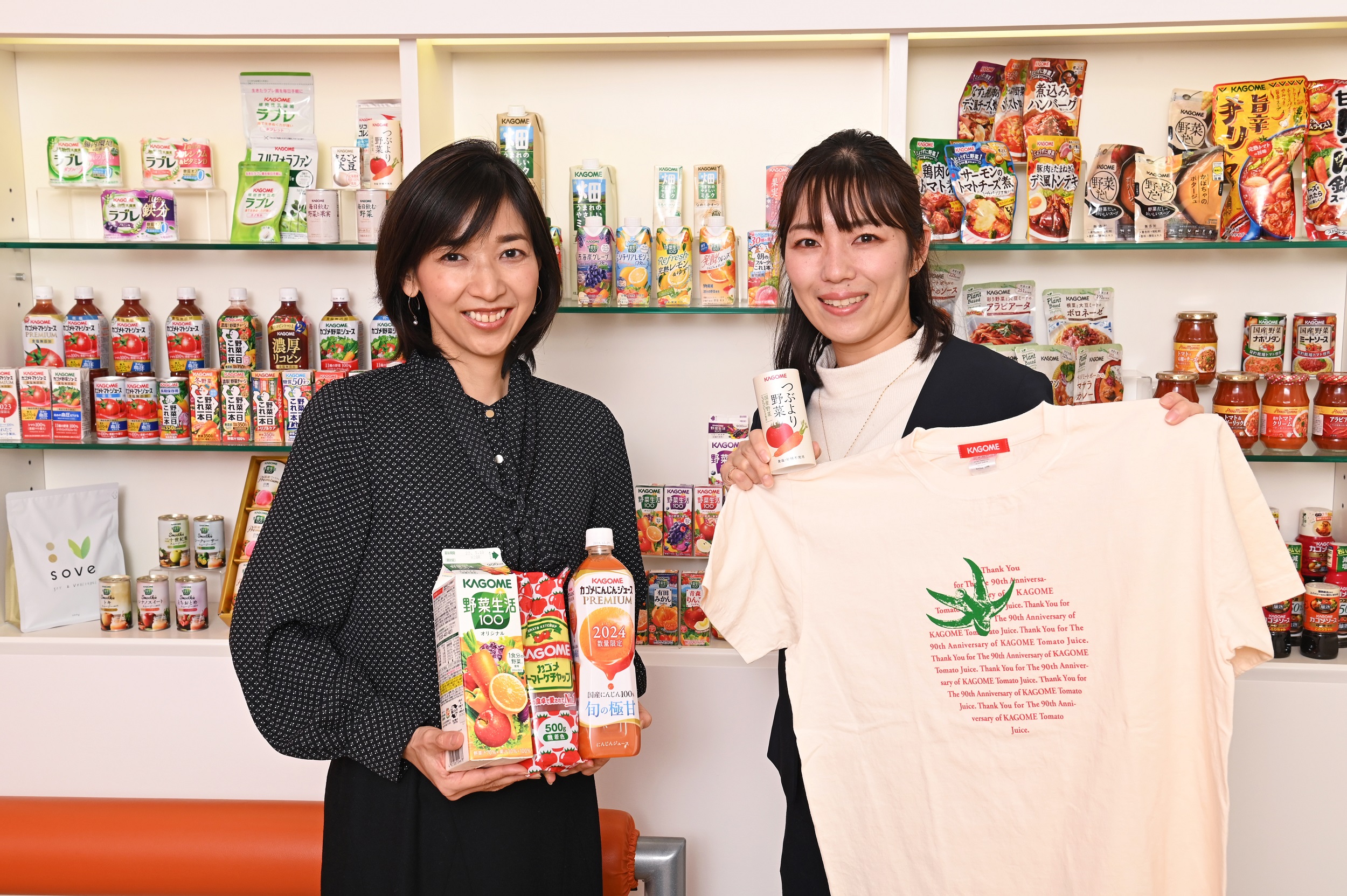
Fan marketing, D2C, and other terms vary, but more and more companies are now trying to connect directly with their customers. In this series of interviews with partner companies that practice partner relationship management (PRM), including communities, we will clarify "why direct connection is necessary" and "what companies need to change accordingly. The interviewer is Tatsuo Ishii, Executive Advisor of Kao Corporation, who has long been involved in brand marketing at Kao Corporation.
Often cited as an example of a successful community website is &KAGOME, operated by Kagome.
Launched in April 2015, the site has grown to 60,000 members in its 10th year. During this time, they have not conducted a single campaign to attract customers. It is still an active community with an active rate of over 10%.
However, these figures are only the result, and there is something else that the "people in the middle" value. Kyoko Hisamori and Rumiko Taguchi, both members of the Advertising Group of the Advertising Department in the Marketing Division, say that what they value is "gratitude for the environment around us" and "treating our customers with care," and that the members who make the community thrive are "almost like friends who share our ambitions.
This may sound like a neat idea that is incompatible with economic activities, but as you listen to the conversation, you will realize that this is the heart of the community policy, and that it is a corporate culture that has continued at Kagome since before the community was established.
Gratitude, nature, openness.
--In the past, companies that felt the need to connect directly with their customers have been turning to community initiatives against the backdrop of the disabling of third-party cookies, among other factors. However, Kagome, a pioneering community company, appears to be different from such companies. As symbolized by the "fan shareholder" (see note) initiative, "connecting with customers" has been a consistent corporate stance since before the launch of "&KAGOME". Can you tell us what your company's intention is in creating contact with customers, including the truth or falsehood of this hypothesis?
(Note) Kagome refers to individual shareholders as "fan shareholders" in a friendly way.
【Hisamori】 As you know, Kagome originally started as a farmer. The founder, Ichitaro Kanie, brought home western vegetables, grew them on his own land, and began to sell them. Since the company was in the business of dealing with living things such as vegetables, the appreciation of the surrounding environment, including nature, was fundamental to the company from the time it was founded. As a company that was founded in this way, our philosophy is "Gratitude," "Nature," and "Open Company.
The story of how we came to be named Kagome is symbolic. The original company name was Aichi Tomato Manufacturing Limited Partnership, but the "basket eyes" of the bamboo baskets used to harvest vegetables at the time were used as the company mark, and customers affectionately called us "Kagome-san. The current company name was given to the company from there. I think it means that there has always been that much contact and proximity with customers.
In line with this trend is the "Fan Shareholder Concept," which began in 2001. At that time, individual shareholders were not as common as they are today, but we thought it would be a good idea to have our customers, who know us best, become our shareholders, so we started this system. Today, 99% of our shareholders are individual shareholders. We have been providing opportunities for direct communication, such as inviting them to experience harvesting in the fields, in the form of so-called "fan meetings.
We have further developed this system and expanded it to include customers, not just shareholders, under the name "&KAGOME. In other words, "valuing communication with customers" is something we have consistently worked on since our founding.
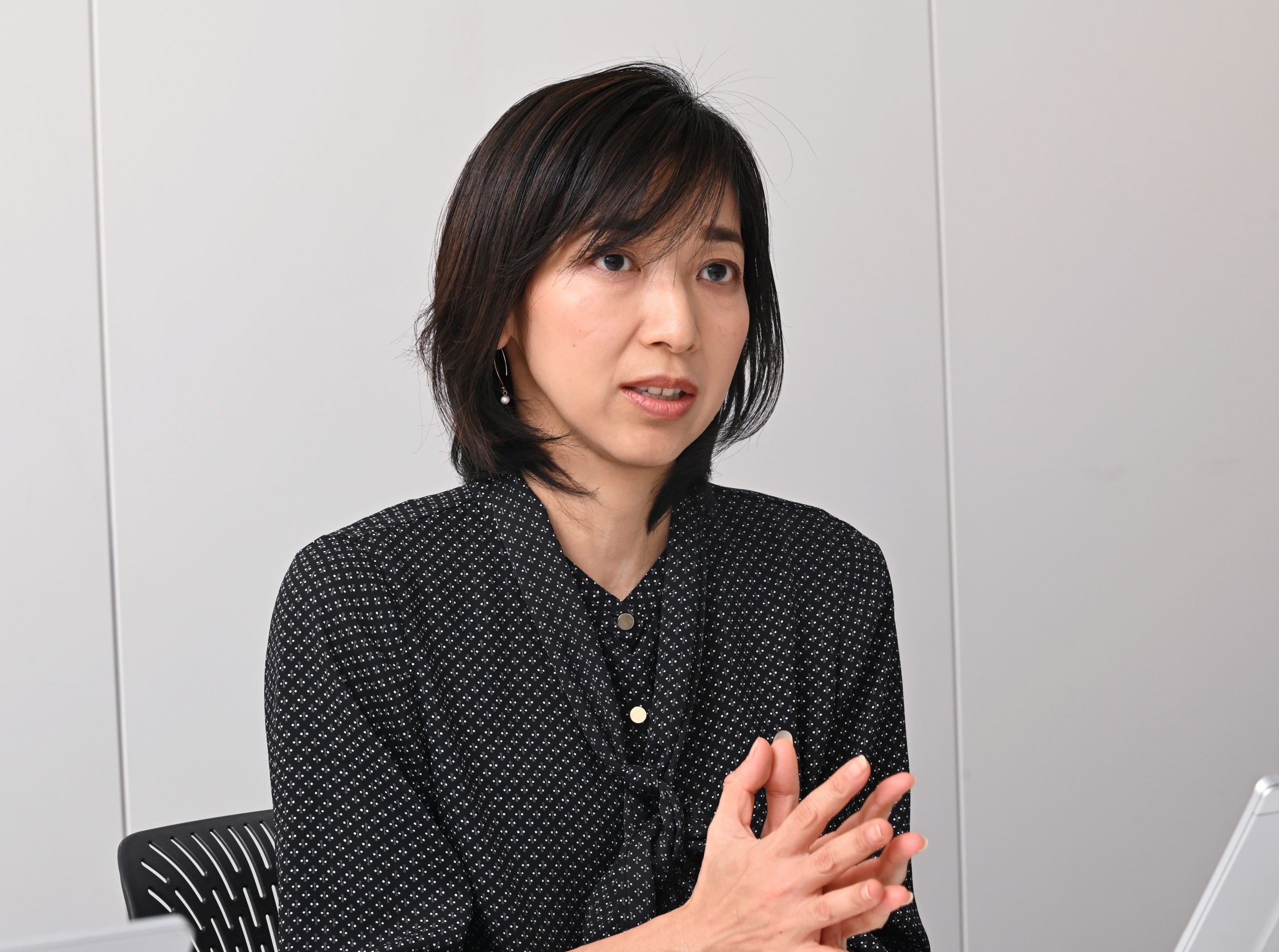
KAGOME CO.,LTD. Kyoko Hisamori, Manager, Advertising Group, Advertising Department, Marketing Division
--He said that it is a corporate culture that has been in place since before the community was a thing. Community sites are often criticized by people who ask, "Does this lead to sales?" Do you have such discussions at your company?
【Hisamori】 According to the most recent survey, our definition of a fan is about 10 times larger than the general public in terms of annual purchases. It is a matter of course for us to show in figures how we are contributing to sales since we are making an investment. We are still in the process of trial and error, including the actual situation of "&KAGOME" members, in order to show the effect in a more precise manner.
However, I don't think that the concept of "increasing the number of people who like Kagome will ultimately lead to corporate growth" itself can be denied.
--In order to continue to work on community measures, it is necessary to have the top management properly understand the value of such measures. In the case of your company, the necessary thinking has taken root from the top to the bottom of the organization, and that has been cleared up. I think that is why it is running so well.
"Tomakomi" that turned a point relationship into a line
--The sound logo of your company's commercials, "nature, delicious and fun. It is a well-known story that the sound logo "KAGOME, KAGOME♪" was originally a customer's idea. Other new products and new package designs have been created from "&KAGOME". What are your expectations for the community in terms of co-creation?
【Taguchi】 " is the easiest place among KAGOME's owned media and various contents to have a dialogue with customers to create something or output something. Right now, the marketing team mainly uses the site to "get ideas for products" and "get feedback on the finished products". In the future, it would be great if, for example, the sales team could "think about sales methods together" with members, or the research department could "work together with members on research themes and product development from the very beginning. We would like to expand new applications by involving other divisions more and more. I believe that such efforts will not only contribute to the company, but will also become a memorable experience for customers, leading to their attachment to the products and their feelings toward Kagome.
As you mentioned earlier, "how much is it connected to the annual purchase amount?" Communities are measures that are based on the premise of a long-term relationship with customers, and we are thinking more about how to connect to LTV than short-term sales. In other words, it is important to keep them as fans so that they will choose Kagome products even before they go to the store. We see co-creation projects as a means of fostering such a mindset.
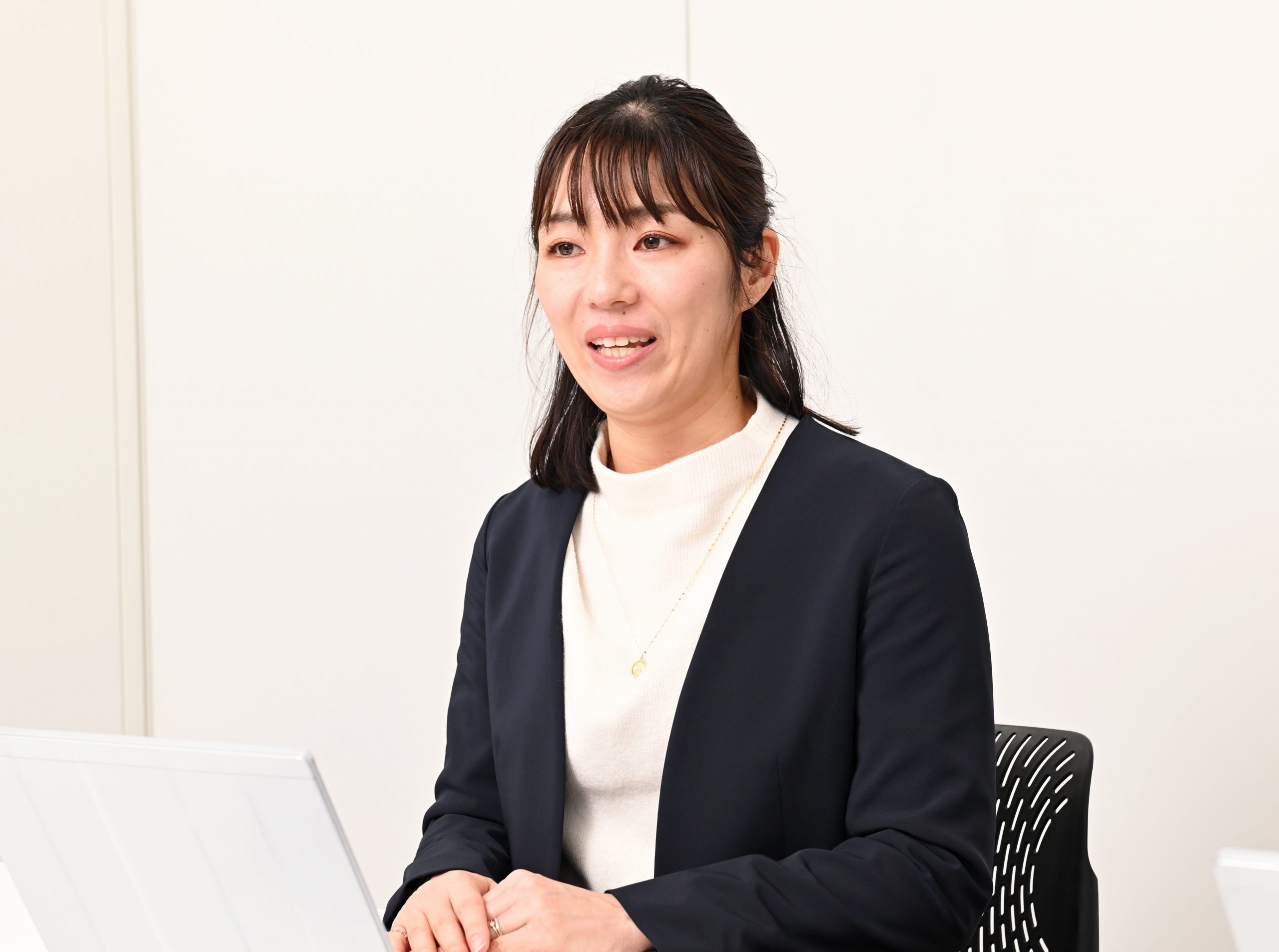
KAGOME CO.,LTD. Rumiko Taguchi, Advertising Group, Advertising Department, Marketing Division
--The key to the success of a community is not only the dialogue between the company and its customers, but also the dialogue between customers. It seems that "&KAGOME" has been successful in this regard, with an activity rate of over 10%. What are you doing to stimulate dialogue among customers?
【Taguchi】 Among the various contents, "Tomakomi" is the most exciting for interaction among customers. Our company has long been involved in a project to give away tomato seedlings. This project is based on our wish that through the experience of growing tomatoes over a long period of about six months, customers will experience the joy of growing tomatoes, develop an affinity for vegetables, and become familiar with vegetables in a delicious and enjoyable way. As a result, we believe that the project will also lead to people's interest in KAGOME's products and familiarity with Kagome. "Tomakomi" is a place where people who grow tomato seedlings, including those who receive such gifts, can post photos of how they are growing their tomatoes and communicate with each other. When one person posts a problem, another person responds with a suggestion such as, "Maybe you should try this," naturally creating an exchange. Of course, we sometimes respond from a professional point of view, and this creates a good situation where things get even more exciting.
--The distribution of seedlings itself was something you had always done, but by establishing the "Tomakomi" event, you now have a long-term, continuous contact with your customers.
【Taguchi】 There are currently several varieties of tomato seedlings that we give away, and one of them is a tomato seedling for juice called "Rinriko®". It is medium-sized and somewhat difficult to grow, but we have some members who want to "go on a factory tour" to learn about the difficulties and hardships involved in cultivation and become interested in the raw materials and products. We also offer mini-tomato varieties for beginners, and every year we have many members who try growing tomatoes for the first time. The value of "Tomakomi" is that, starting with the cultivation of tomato seedlings, more and more people come into contact with our company, and everyone, beginners and veterans alike, can share a good time in the same space related to cultivation, and such ongoing communication will lead to an unwavering commitment to the company.
--When we think of co-creation, we tend to think of things like product development and package design, but by having people experience "how much work goes into this" and "growing is fun! and "Growing food is fun! I thought it was a wonderful idea.
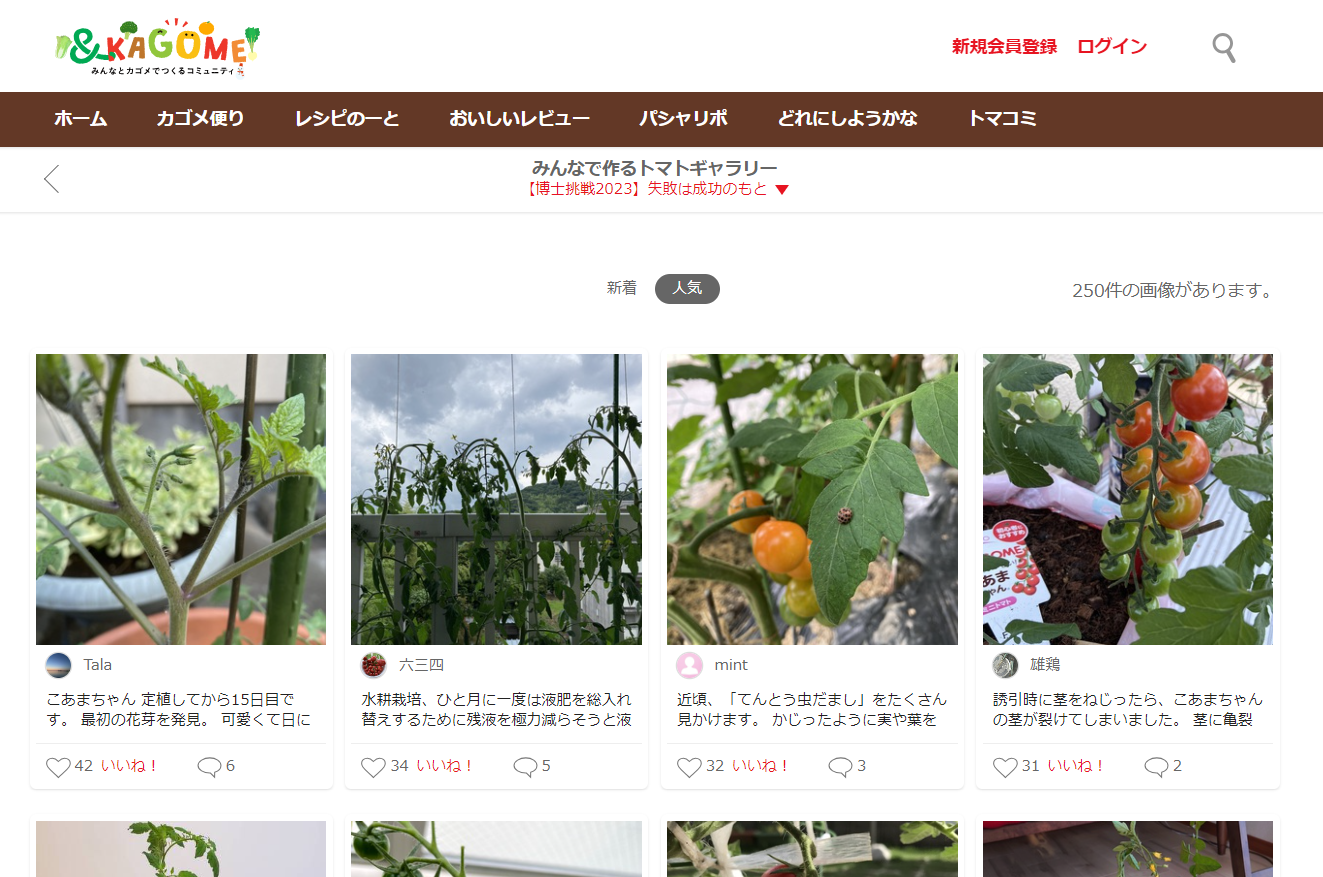
"Tomakomi" also has themes for posting feelings of disappointment and worries about not growing up well.
More than customers, like-minded friends
-- "Growing seedlings" is a real experience, but is it a conscious effort to design an offline experience that is not completed online?
【Taguchi】 That's right. In addition to communication within the site, "&KAGOME" also holds online and offline events on a regular basis. The good thing about online events is that they reach a wide audience, and as members and Kagome share the same time, we can see active communication among members. Over 2,000 chats are posted in an hour at online events, creating a sense of unity. As a result, a good cycle is created in which even more members are actively communicating with each other on the site afterwards.
On the other hand, real contact brings a deeper experience, as it should. We are consciously designing the site as a place where everyone can have "valuable experiences that are only possible because you came today. For example, visitors can taste processed raw materials that are normally not available for tasting, harvest carrots for carrot juice, and taste freshly harvested, sweet carrots on the spot. It is a memorable experience and can even become a lifetime memory. I believe that such an experience will lead to a mindset and increase LTV so that people will choose Kagome even before going to the store.
Valuing real contact points" is also something we have been doing since before &KAGOME was established. For example, we have been taking our shareholders and business partners to our factories to give them opportunities to learn about our commitment to manufacturing, and although we can only take a small group of about 20 people at a time, the enthusiasm spreads to family, friends, Social media, and others, so that even a small number of people can become "unwavering Kagome We believe that it is worth it to make intense contacts to create "fans".
--You just mentioned the number of people, and that is another point that many corporate community policy makers are struggling with. People sometimes say, "Communities don't have enough N numbers," or "That's why it's meaningless." But that is not the case.
【Hisamori】 For a long time, all of our employees have been involved in campaigns such as handing out tomato seedlings in stores. It is not so much a question of efficiency or numbers. We are told that what is more important is how we interact with our customers, what we talk about, and what we feel. Rather than chasing numbers, we place importance on treating the customers in front of us with care. I guess you could say that this is KAGOME's corporate culture.
--By the way, both of you have been referring to "customers" since a while ago, haven't you? There are many ways to refer to customers, such as "clients" and "consumers," but I have always believed that it is a way of expressing one's stance. So I would like to ask you, what is your stance on welcoming people who join your community?
【Taguchi】 Although I refer to them as "customers," I treat them as "comrades" or "friends. I myself am a Kagome fan who shares KAGOME's philosophy and loves its products and people. I believe that the people who gather at "&KAGOME" are similarly like that, always liking and following Kagome no matter what the situation is.
【Hisamori】 As Taguchi said, there are many employees at Kagome who love Kagome. I sometimes wonder why this is so, and I think it is because the products and services we offer support the healthy lifestyles of our customers. That is why we want to share the benefits of our activities and products with those who like them from the bottom of our hearts. I also feel that I convey the value of our products and services from the stance of "let's improve together" rather than "I want you to buy our products and services.
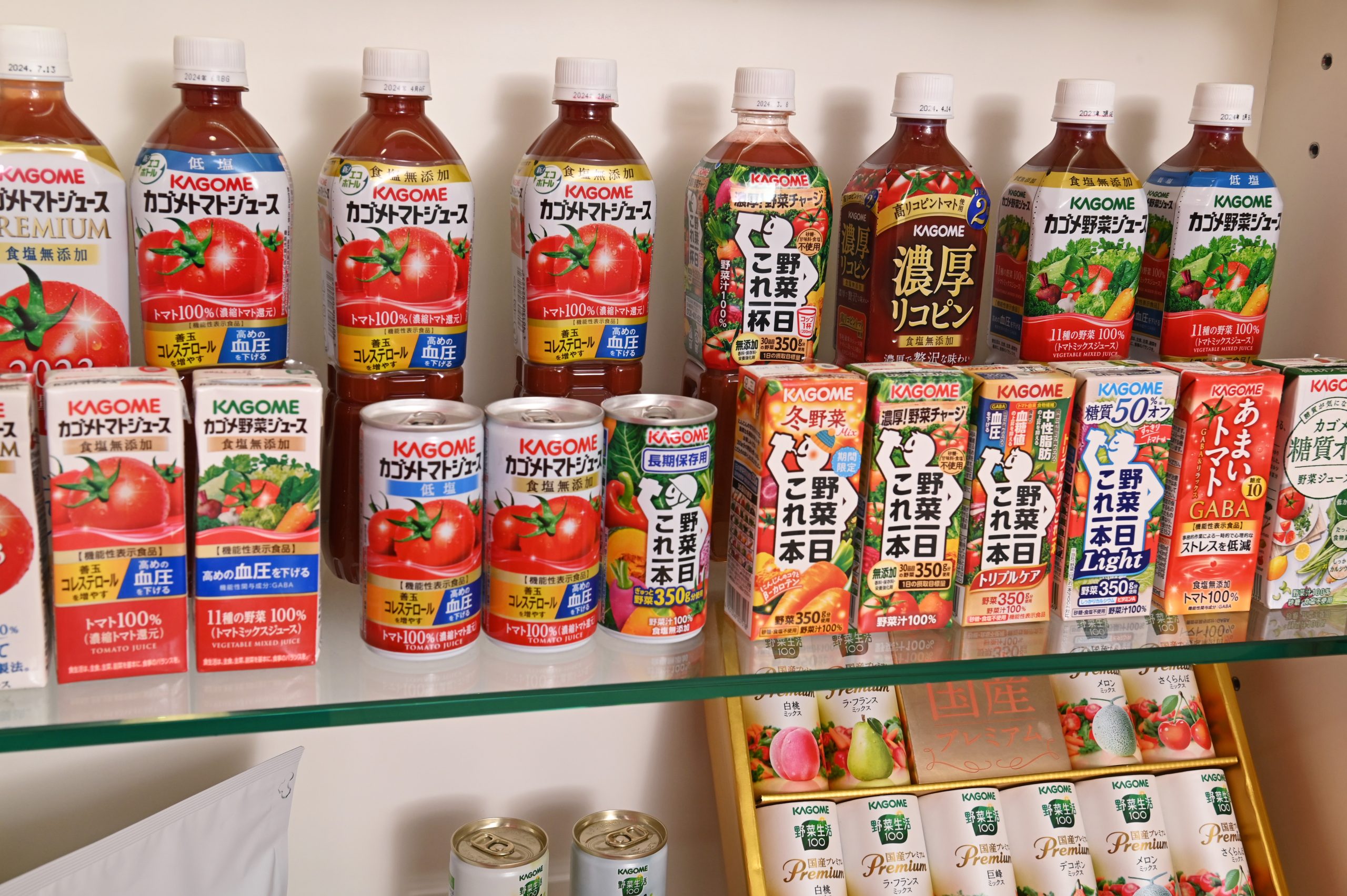
--It is not a relationship between upstream and downstream, manufacturer and consumer, but a relationship of equals. We call it "partnering," and we believe that is the most important aspect of running a community. We do not say, "We are connected because we live in an era when it is difficult to do business unless we are directly connected," but rather, we first have a relationship of equals as a base, and as a result, a good community can be created. I think the most important reason why "&KAGOME" is doing well is that stories like the one we are having now come out naturally.
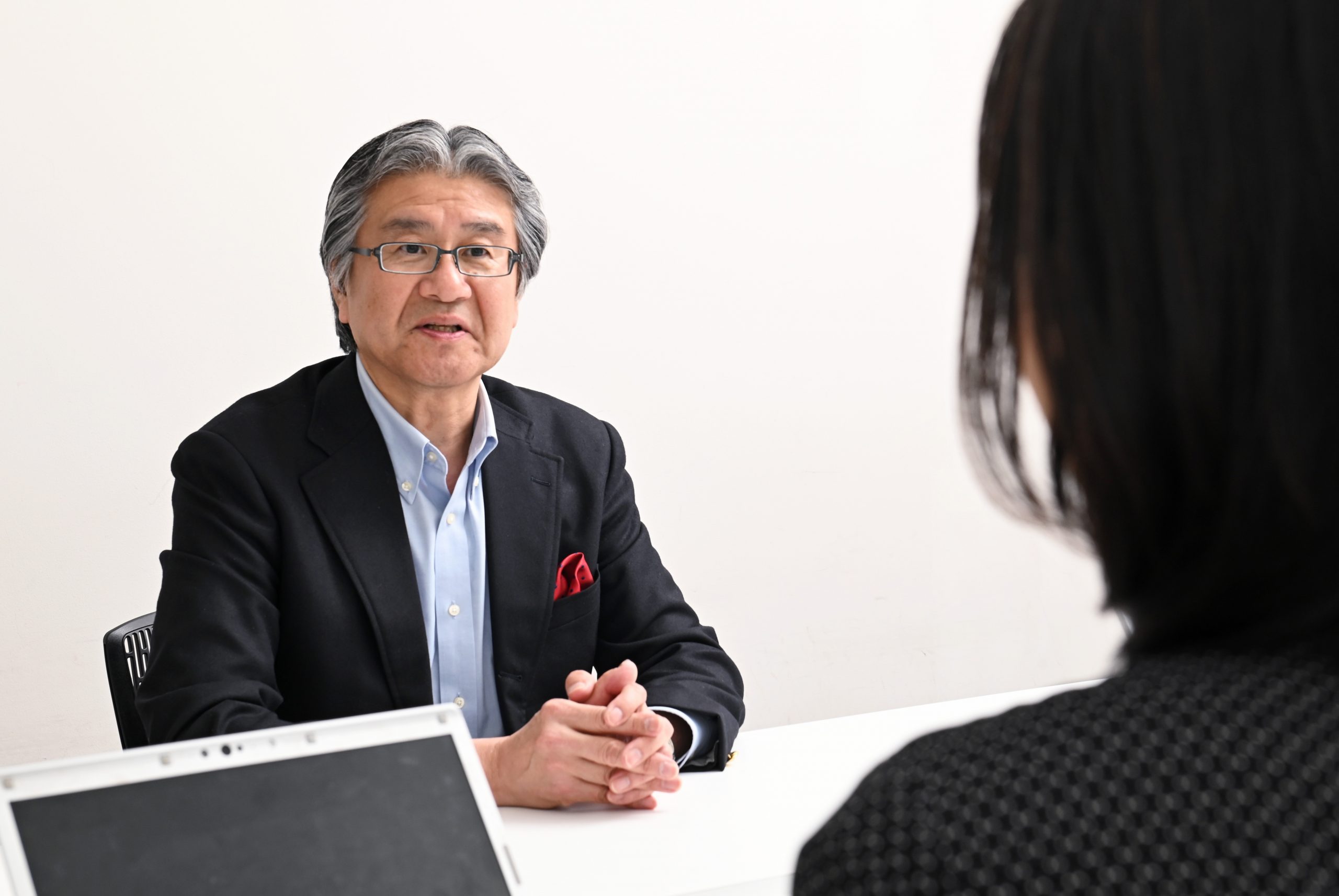
Tatsuo Ishii, Executive Advisor, eLife, talks about the nature of the relationship between the customer and the company.
Communities nurture employees
--It seems that "&KAGOME" is going very well, but are there any challenges?
【Taguchi】 Of course there are many! One of them is that although we have a place called "&KAGOME", the number of cases where we are listening to customers' voices and making use of them in planning and development is still limited. Currently, we are collaborating mainly with marketers who understand "&KAGOME" well and those who are involved in brands with which they have an affinity, but I believe that there is room for more co-creation that is beneficial to both parties. To this end, we would like to structure a flow to realize this while listening to customers' voices in real time.
People in the marketing industry often refer to us as a successful example of a community site, but our internal recognition is still less than ideal, and we need to raise it even higher. It is rare to find a place where people with such a high level of enthusiasm gather, and I think it is a truly wonderful asset. As well as the aforementioned marketing utilization, interacting and conversing with "&KAGOME" customers also gives employees the opportunity to fall in love with Kagome even more and motivates them to work even harder in their own business. The challenge is to raise awareness and collaboration within the company in order to create a positive cycle from various perspectives.
【Hisamori】 Currently, I feel that there is a difference in understanding and temperature between the departments that are promoting fan marketing as their main responsibility and those that are not. The main reason for this is that the priorities and KPIs required are different, but I would like to create a company where all employees can incorporate customer feedback into their work with the mindset of "all employees are marketers. In order to achieve this, I believe it is necessary to reexamine the state of owned media, organizational structure, and other aspects of the company. It will not happen overnight, but we are working on it as the most important issue.
--I think it is great that you are aware of this issue, and above all, "valuing communication with customers" is deeply rooted in your company's corporate culture. I could sense that from every word you said today. It must be a tough job, but with that, I think you can make a difference.
【Hisamori】 When I was a new employee, we had six months of training right after I joined the company. I also went to the sales office, and although I will probably never work at a factory in the future because I am assigned to sales, I still spent two months in the summer on the production floor of a factory that makes vegetable beverages and was drilled into manufacturing attitudes. But now it seems that we don't have training to experience KAGOME's values that closely.
Also, in the past, I used to learn about the experiences and thoughts of senior employees through opportunities to chat with them in the company, but such opportunities have decreased after the Corona disaster. I strongly feel that now is the time for inner branding to better understand KAGOME's unique values and corporate culture.
--I think that we need to increase the number of employees who understand the background of how we should communicate with our customers. Traditions and corporate culture are becoming harder to pass on, which is a problem that is happening in many companies. But perhaps a community like &KAGOME could be the key to solving this problem. Because in some cases, the customers who gather there know KAGOME They know more about KAGOME than the employees do. I believe that communities not only contribute to sales and LTV, but also have the value of giving back to the employees who, by facing the customers who have become partners, become aware of the company's raison d'etre from an external perspective.
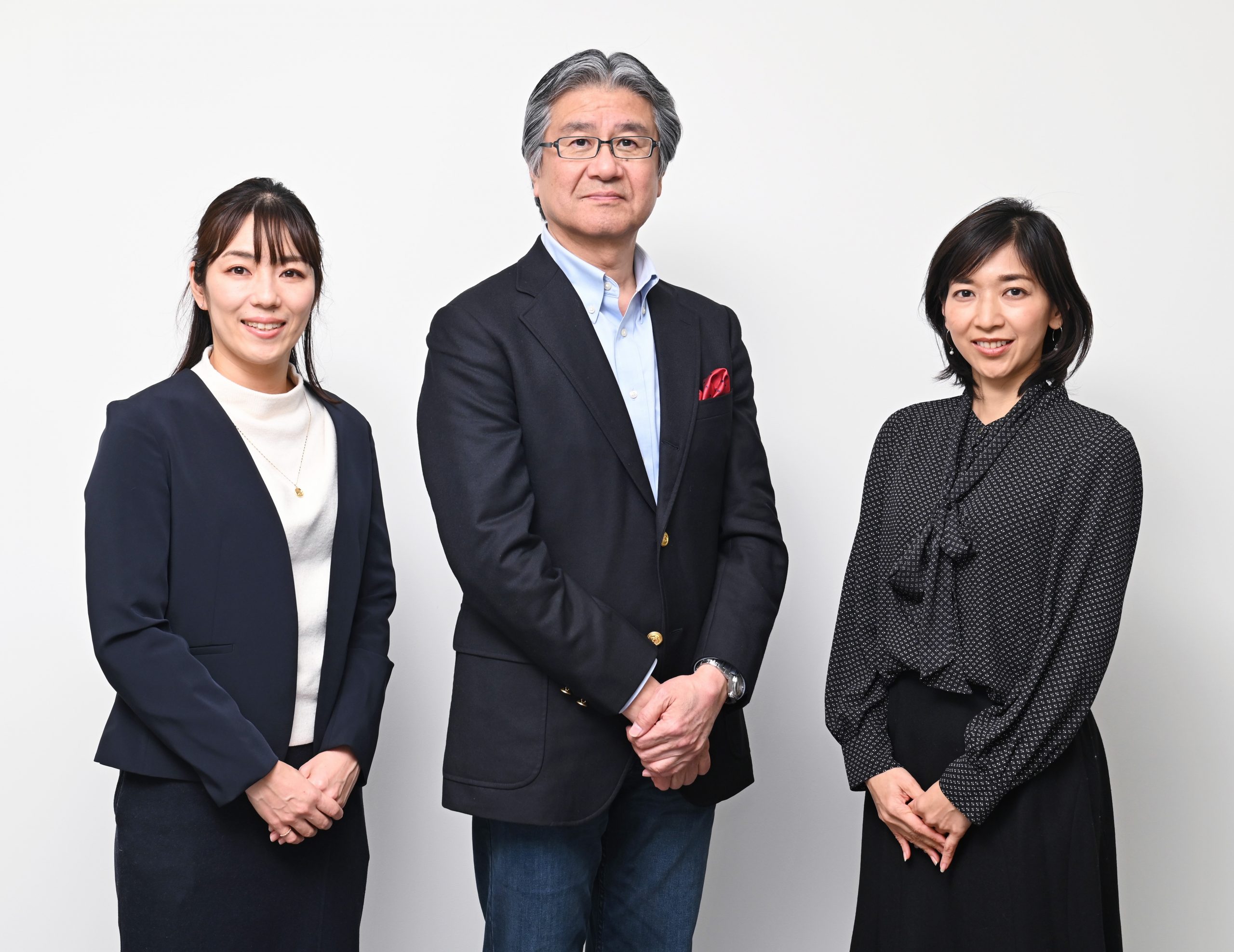 For the fifth installment of "visiting prm practice companies," we visited KAGOME CO.,LTD., THE COMPANY that operates "&KAGOME," which is often featured as an example of successful fan marketing.
For the fifth installment of "visiting prm practice companies," we visited KAGOME CO.,LTD., THE COMPANY that operates "&KAGOME," which is often featured as an example of successful fan marketing.I have always believed that DX is a company-wide project, a transformation of a company's business model to adapt to a rapidly changing business environment, and that in order to realize DX, a company must review its corporate culture itself, which is rooted in past successful cases, rather than just making small changes.
KAGOME's corporate culture of taking customers seriously and creating value together with them is what makes fan marketing and community management so successful.
I am sure there are various ways to manage the community, such as drawing out the voices of community participants, mutual use of online and offline resources, and mechanisms to encourage co-creation, but I felt that the most important thing is the attitude of facing customers.
On the other hand, as for the issue of "company-wide understanding and utilization of the community," which even KAGOME is struggling with, as Ms.Hisamori mentioned, if we can place the customers connected by the community at the center and have all employees incorporate the customers' voices into their work with the awareness that they are marketers, if all employees can incorporate the voices of customers into their work with the awareness that they are marketers, i believe that this will be the start of promoting DX, the essential process of co-creating value with customers and society. (Interviewer: Tatsuo Ishii)
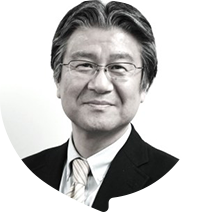 Tatsuo Ishii, Executive Advisor, eLife Inc. Tatsuo Ishii, Executive Advisor, eLife Inc.He served as manager of a number of brands for 14 years at Kao Corporation, where he also launched Agience as a new business. In 2003, he established the Digital Marketing Center, where he was involved in the planning and operation of web-based strategies and established the Digital Marketing Center as the head of the center. In 2017, he was appointed as Executive Advisor for eLife Inc.. He is a part-time lecturer at the Graduate School of Business Administration, Waseda University, a Marketing Meister of the Japan Marketing Association, a member of the Digital Media Committee of the Japan Advertisers Association, the Chairman of the Brand Experience Jury of the Dentsu Advertising Awards, and an auditor at C Channel K.K. He is a leading marketing expert. |
(Composition: Atsuo Suzuki)

